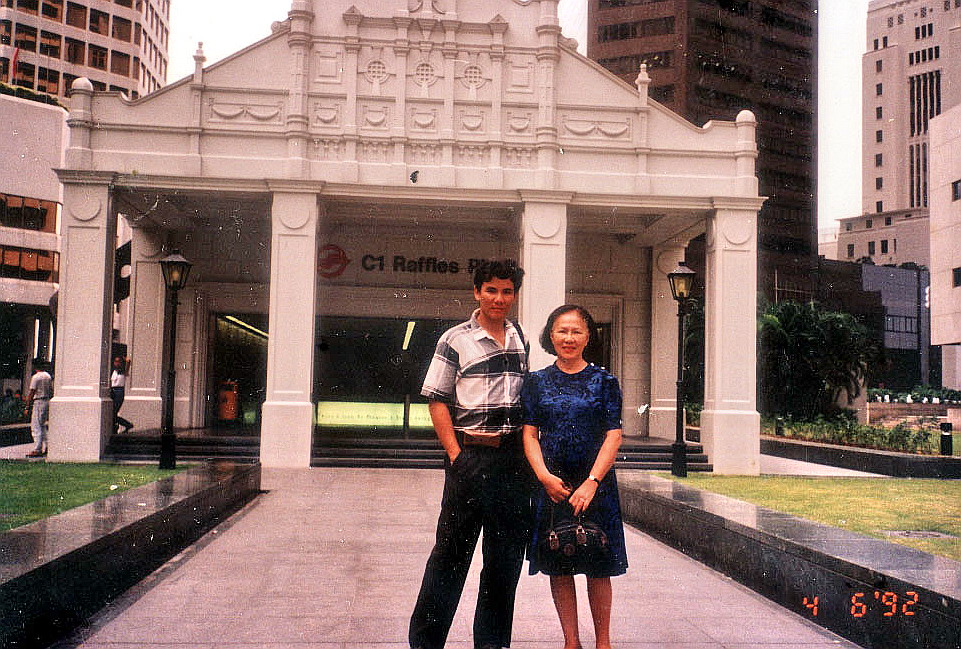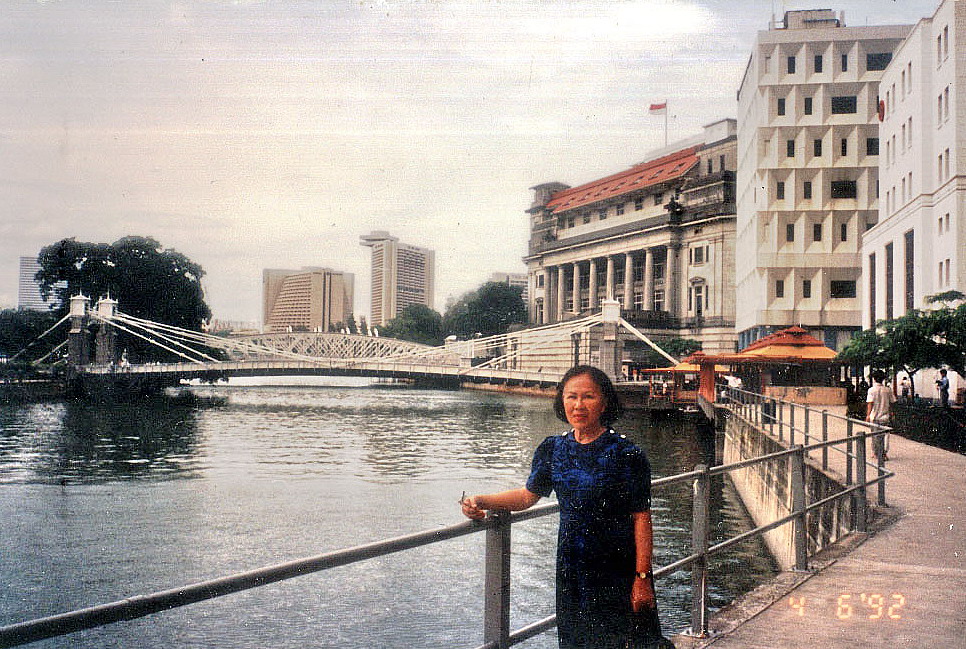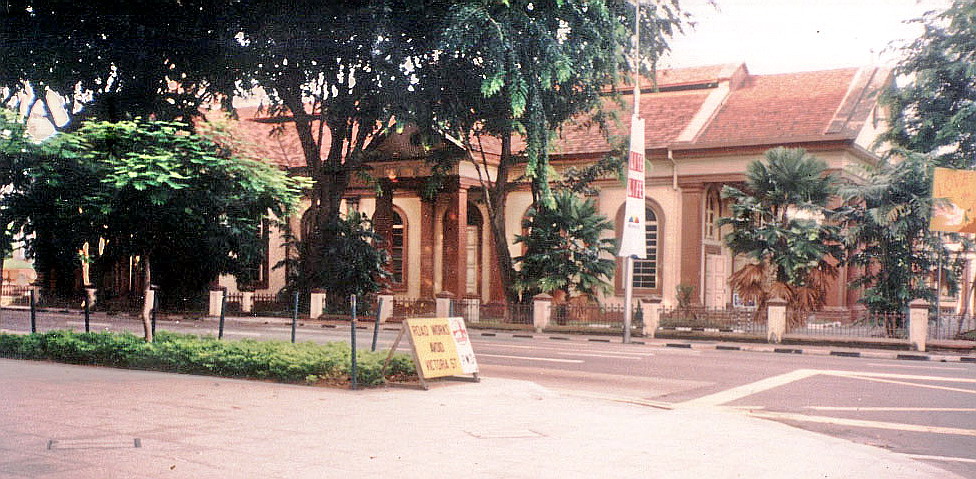 |
| Sagada |
We arrived at Sagada by 4 PM. Upon our arrival at the bus terminal near the municipal hall, Jandy and I checked in at one of the 5 double rooms with common bath at the second floor of nearby Ganduyan Inn, managed by Hanzel and Marina Biag. The inn was strategically located as it was just across the bus terminal and the municipal hall. Rate was a very cheap PhP75 per person per day. The inn also had a restaurant. According to Marina, her husband, as well as a significant portion of Sagada’s population, are descendants of Biag, a folk hero of the Igorots and the most important figure in Sagada’s history. Biag introduced new rites, prayers and customs.
 |
| Ganduyan Inn |
As it was late in the afternoon, we decided to just visit the nearby Episcopal Church of St. Mary the Virgin. Along the winding, pine needle-paved cement lane, to the right of the basketball court, is this massive, gray stone Anglican church, originally built under the direction of Reverend John Staunton and consecrated on December 8, 1921. It was badly damaged (especially the belfry) by U.S. bombing raids during World War II and later repaired. The oldest church in the Cordilleras outside of Baguio City, its foreign architectural design is fused with indigenous motifs. Further down is the 30-hectare St. Mary’s High School. Founded in 1912, it was destroyed in World War II, rebuilt in 1950, destroyed by fire in 1975 and reopened in 1983.
 |
| Episcopal Church of St. Mary the Virgin |
After this short tour we returned to the inn for supper at its coffee shop. Food in Sagada is really cheap and the servings humongous. Noteworthy is its tasty native red rice (kintuman), mountain tea and its aromatic and strong Arabian coffee, locally-grown, grounded and roasted.
 |
| Sagada Municipal Hall |

















.bmp)
